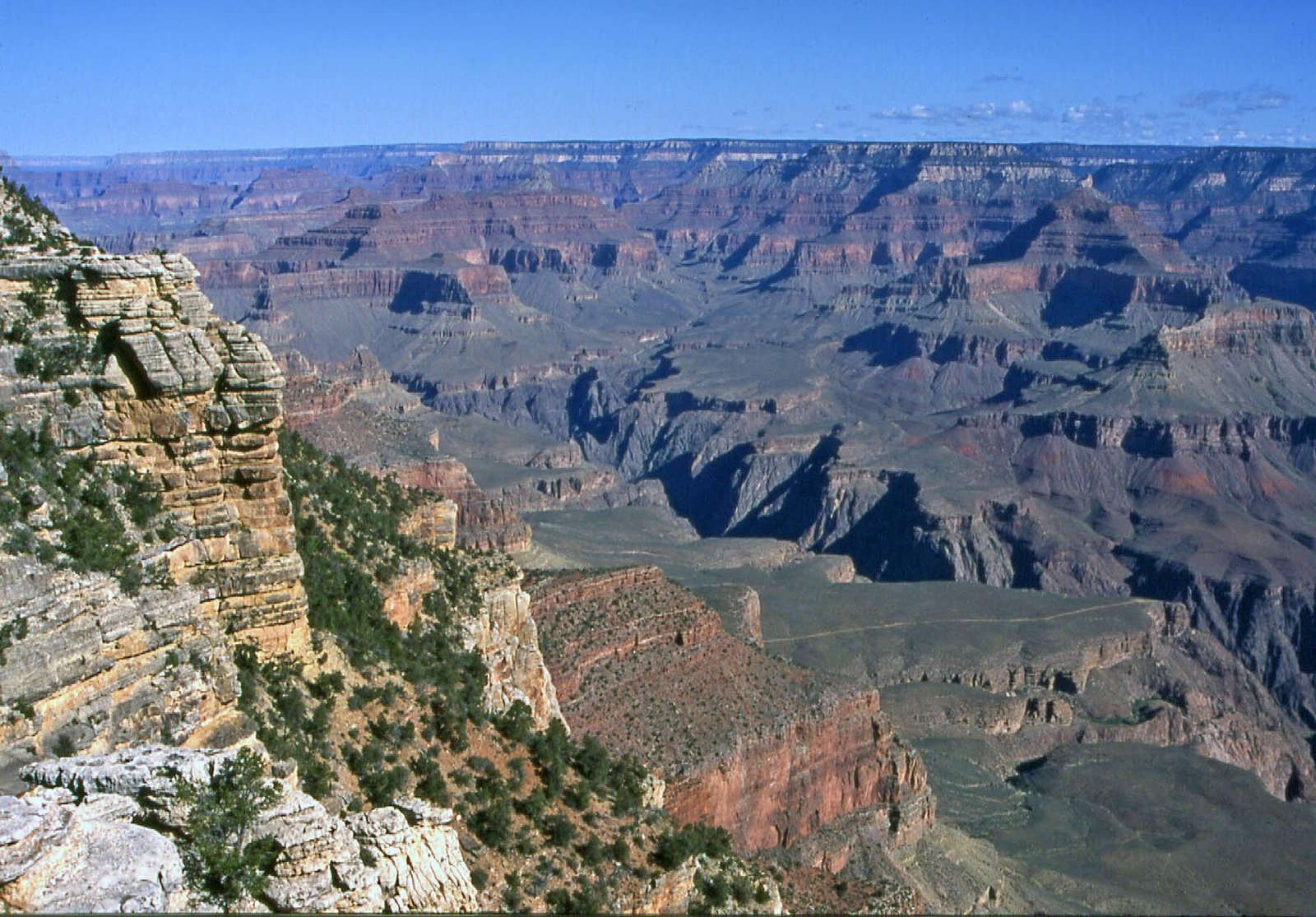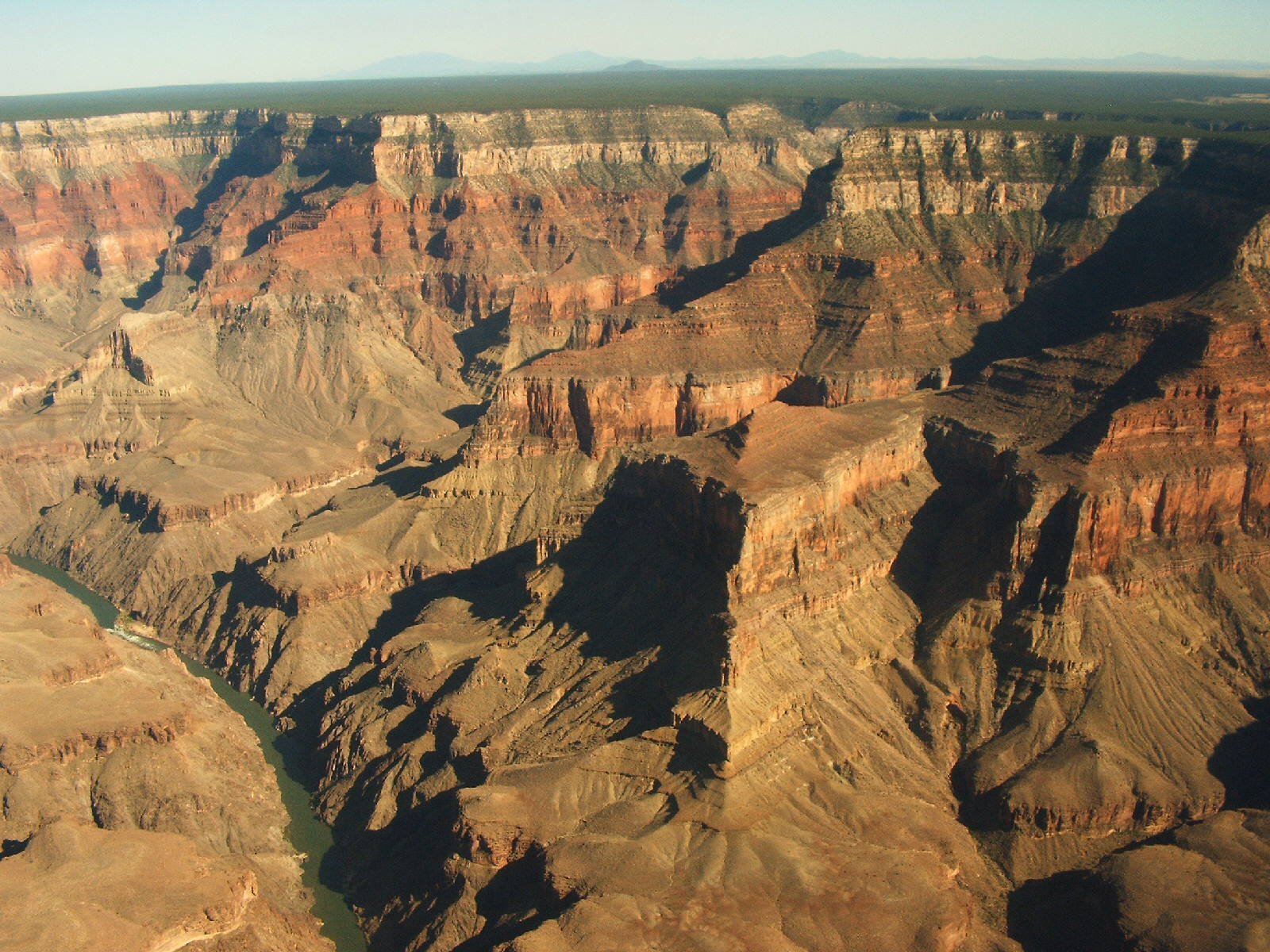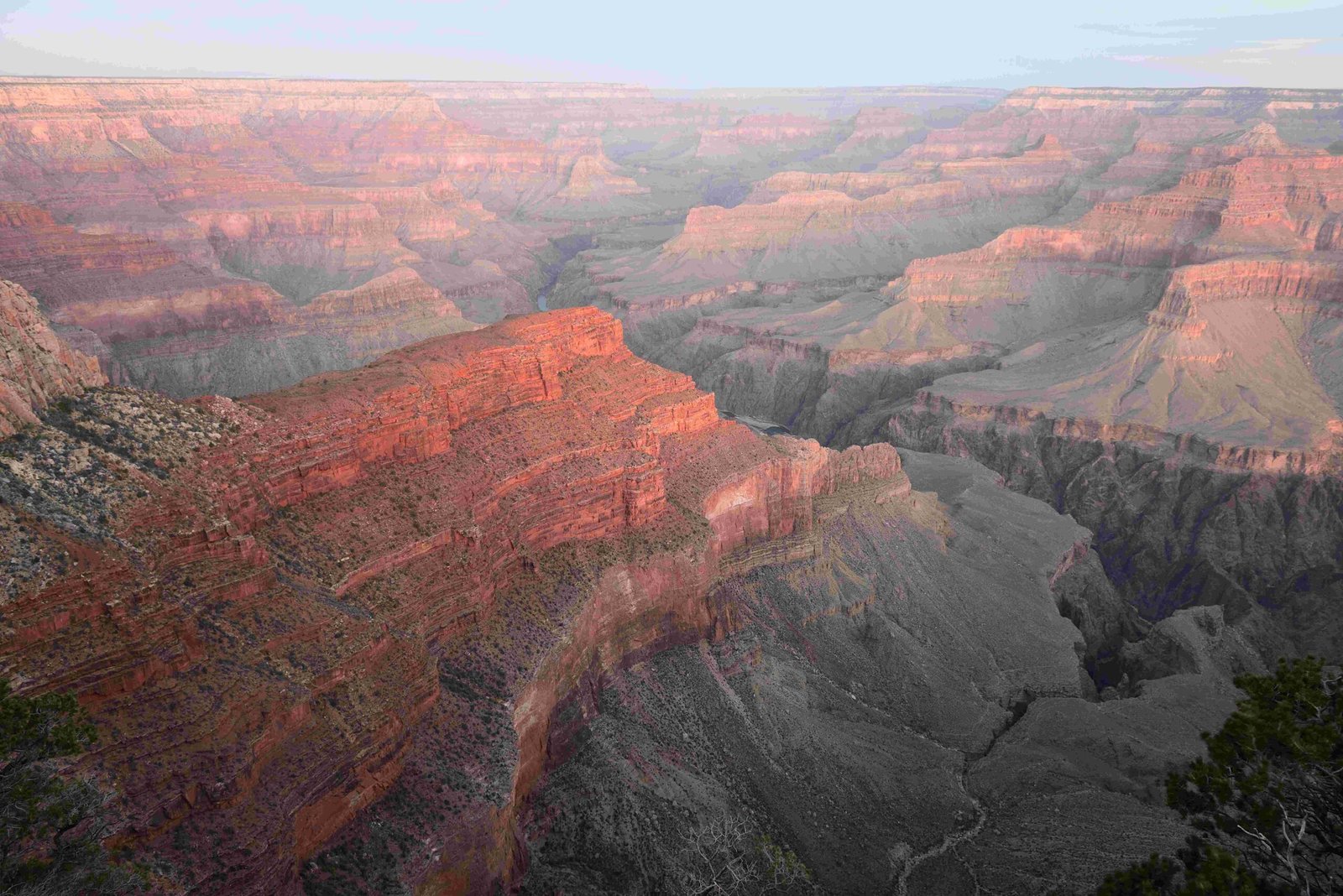The Grand Canyon’s rapids emerge from a complex interplay of geological forces, where the Colorado River’s relentless flow carves through diverse rock layers, creating turbulent water passages. Millions of years of tectonic uplift, volcanic activity, and differential erosion have sculpted a dynamic riverbed that generates some of the most spectacular rapids in the world.
What Geological Processes Create Grand Canyon Rapids?

The formation of rapids in the Grand Canyon is a fascinating result of multiple interconnected geological phenomena. Understanding these processes requires examining several critical factors:
How Do Rock Types Influence Rapid Formation?
The Grand Canyon’s diverse geological composition plays a crucial role in rapid development:
| Rock Type | Erosion Resistance | Rapid Formation Impact |
|---|---|---|
| Limestone | Moderate | Creates stepped riverbed |
| Sandstone | High | Forms resistant barriers |
| Shale | Low | Enables rapid channel modification |
Key Characteristics of Rapid Formation:
– Uneven riverbed topography
– Significant changes in rock hardness
– Vertical drops and narrow passages
What Role Does Water Flow Play in Rapids Development?
Water dynamics are fundamental to rapid formation:
- Seasonal Flow Variations
- Spring snowmelt increases water volume
- Higher flow rates create more intense rapids
-
Average flow ranges 10,000-20,000 cubic feet per second
-
Hydraulic Action Mechanisms
- Water pressure dislodges rock fragments
- Continuous erosion reshapes river channels
- Sediment abrasion smooths and carves riverbed
Where Are the Most Significant Rapids Located?
Notable rapids in the Grand Canyon include:
- Crystal Rapid
- Lava Falls Rapid
- Hermit Rapid
These locations feature:
– Steep gradient changes
– Significant rock type transitions
– Narrow river passages
How Do Tectonic Processes Contribute to Rapid Formation?
Tectonic activities have been instrumental in creating rapids:
- Colorado Plateau uplift (began 17 million years ago)
- Differential erosion rates
- Volcanic activity creating geological barriers
What Erosion Mechanisms Shape Grand Canyon Rapids?
Erosion processes involve complex interactions:
- Hydraulic Cutting: Water pressure breaks rock surfaces
- Abrasive Wearing: Sediment grinds against rock layers
- Freeze-Thaw Cycles: Water expansion in rock cracks
Erosion Rate Statistics:
– Approximately 1-2 feet per 100 years
– Varies based on rock composition
– More rapid in softer geological layers
Can Visitors Experience These Rapids?
Visitors can explore Grand Canyon rapids through:
– Guided rafting expeditions
– Hiking trails near river access points
– Professional river tour operators
Conclusion

The formation of rapids in the Grand Canyon represents a remarkable geological narrative, showcasing nature’s extraordinary capacity to sculpt landscapes through persistent water action and complex geological processes.

